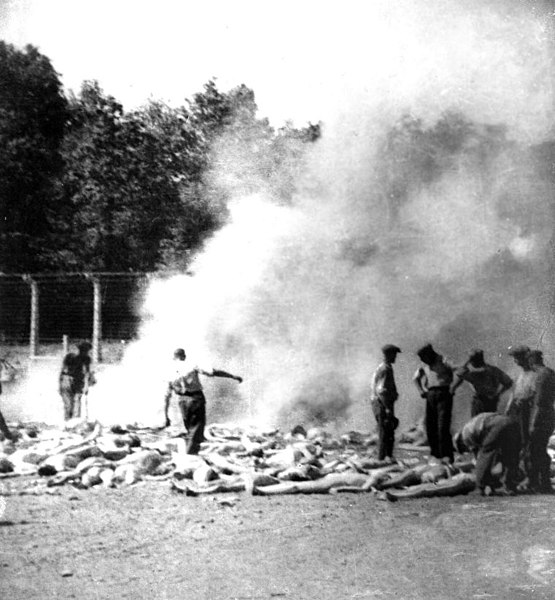Cultural genocide or culturicide is a concept described by Polish lawyer Raphael Lemkin in 1944, in the same book that coined the term genocide. The destruction of culture was a central component in Lemkin's formulation of genocide. Though the precise definition of cultural genocide remains contested, the United Nations makes it clear that genocide is "the intent to destroy a national, ethnic, racial or religious group... it does not include political groups or so called 'cultural genocide'" and that "Cultural destruction does not suffice, nor does an intention to simply disperse a group" thus this is what "makes the crime of genocide so unique". While the Armenian Genocide Museum defines culturicide as "acts and measures undertaken to destroy nations' or ethnic groups' culture through spiritual, national, and cultural destruction", which appears to be essentially the same as ethnocide. The drafters of the 1948 Genocide Convention initially considered using the term, but later dropped it from inclusion.

Looting of Polish artwork at the Zachęta building by German forces during the Occupation of Poland, 1944
Genocide is the intentional destruction of a people in whole or in part.
Raphael Lemkin coined the term genocide in 1944. His analysis of atrocities inflicted on the Poles were adopted by the UN Genocide Convention as its criteria for determining "genocidal intent"
Aftermath of the 1941 Odessa massacre, in which Jewish deportees were killed outside Brizula (now Podilsk) during the Holocaust
Members of the Sonderkommando burn corpses of Jews in pits at Auschwitz II-Birkenau, an extermination camp.
As part of the Native American genocide, the U.S. federal government promoted bison hunting for various reasons, including as a way of destroying the means of survival of Plains Indians to pressure them to remain on Indian reservations.





